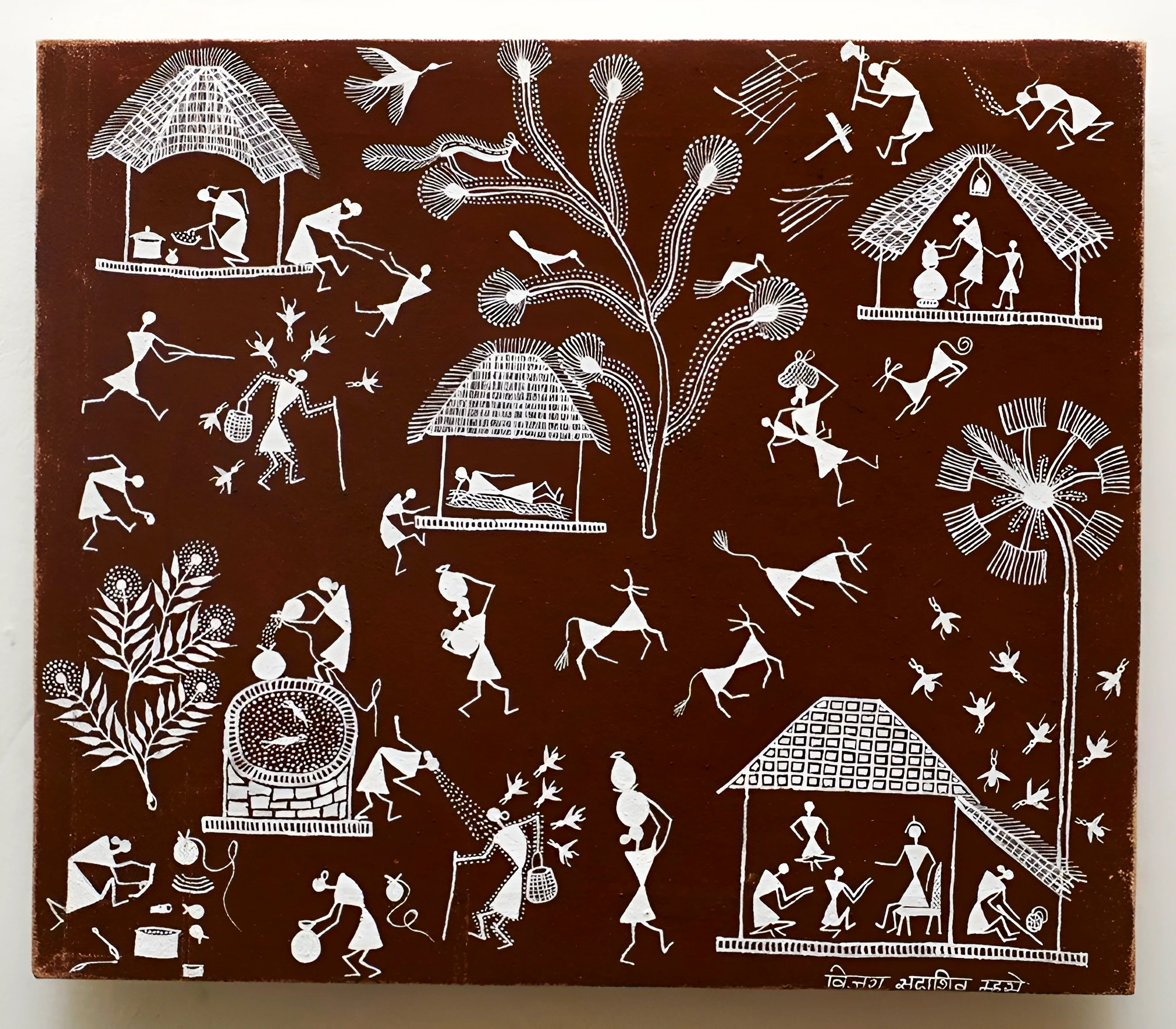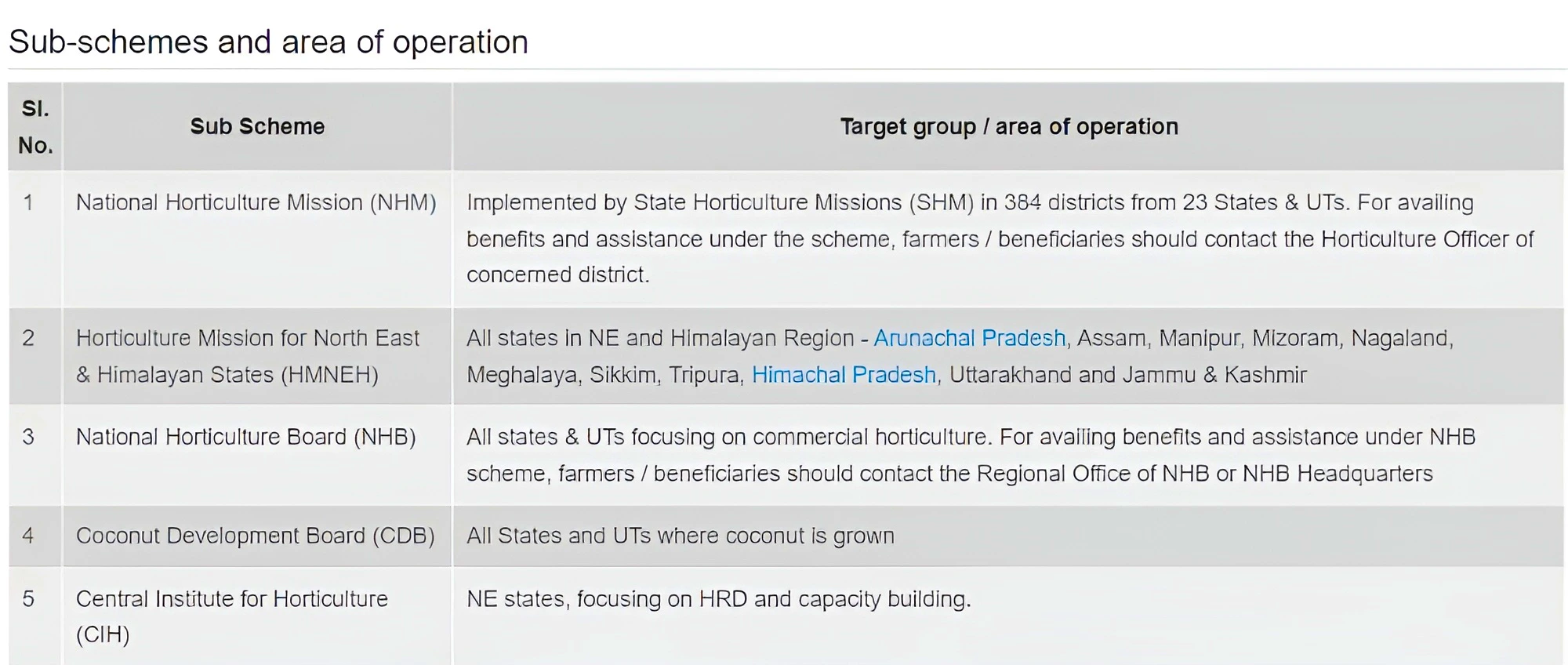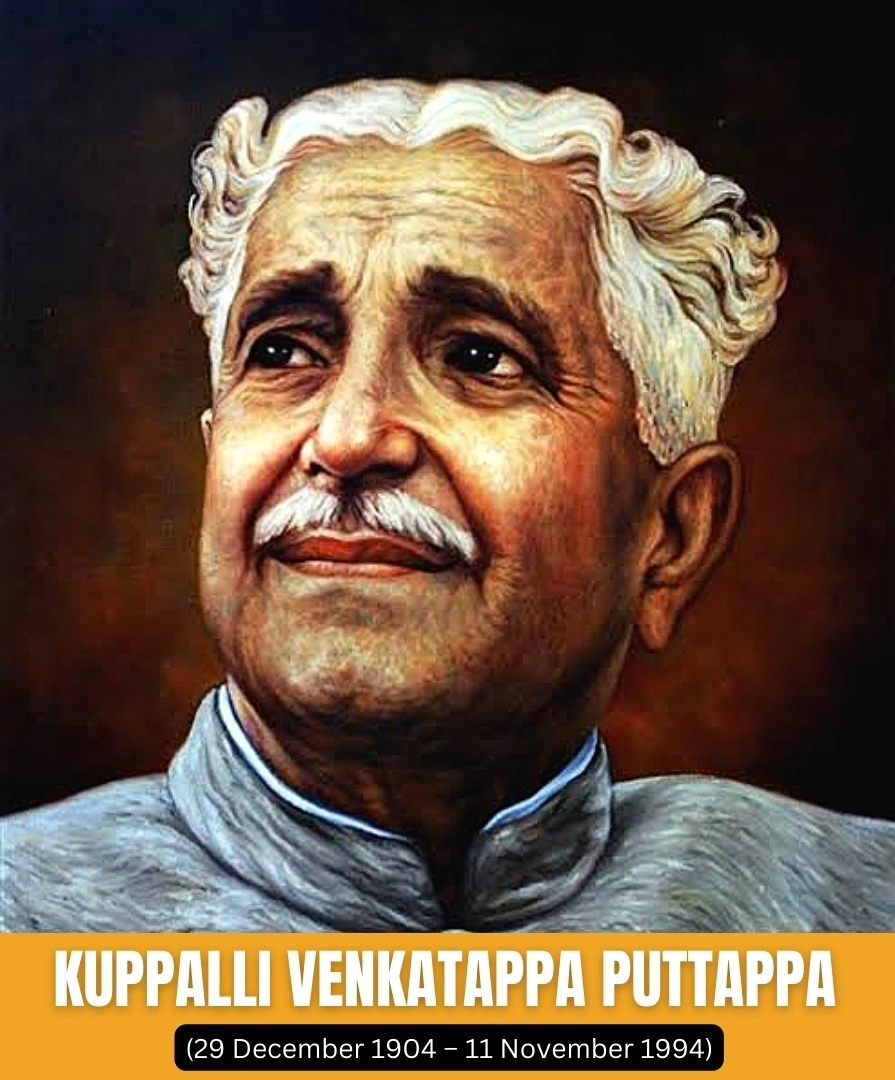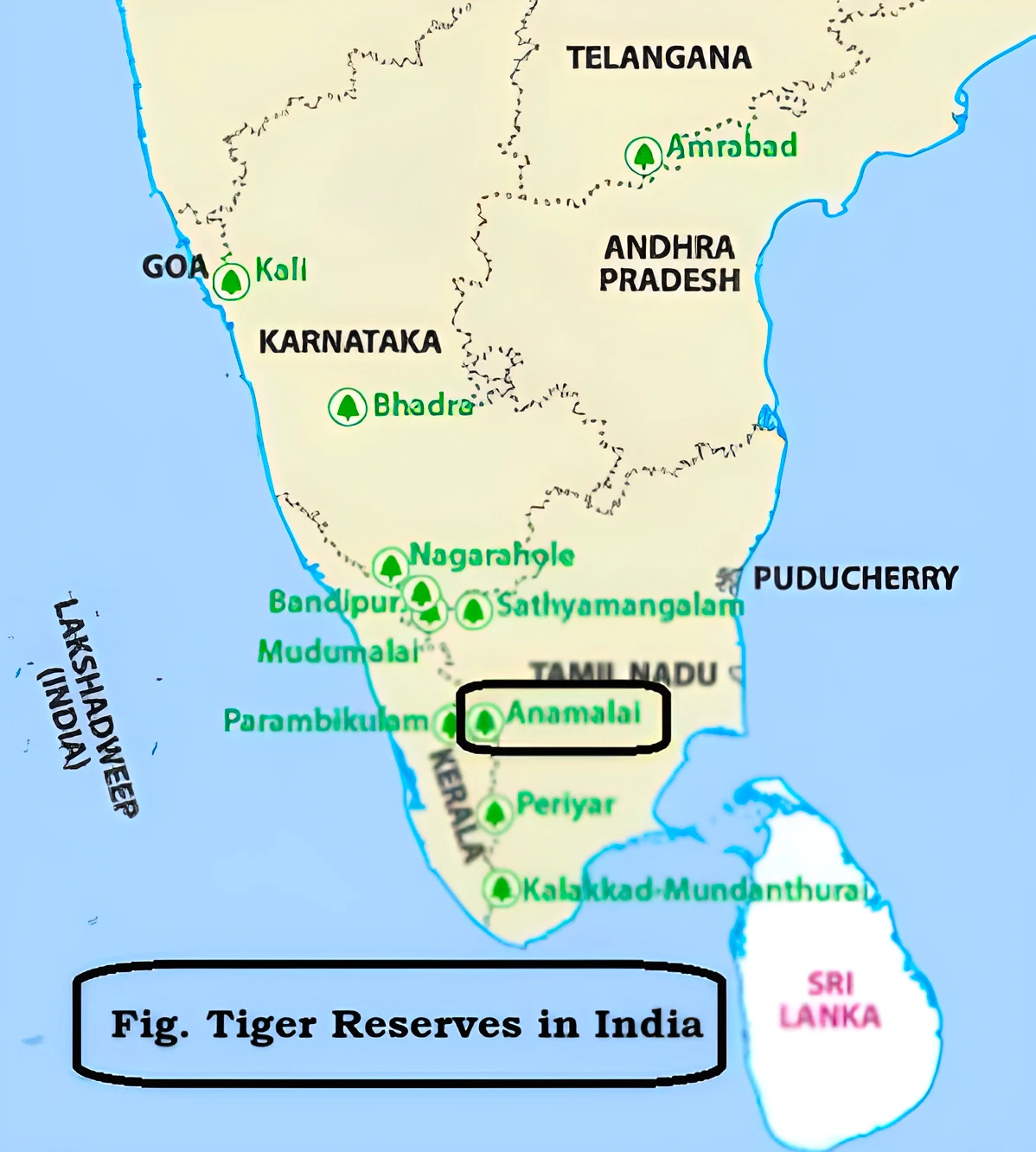Context: The National Tiger Conservation Authority (NTCA) achieved significant milestones during the year 2023.
To read more about Project Tiger, refer Project Tiger
About NTCA:
International Big Cat Alliance (IBCA):
Conservation Assured Tiger Standards (CA|TS) accreditation of Tiger Reserves:
TX2 Awards:
|
|---|
Also Read:
News Source: PIB
Context: Mashe Family have organized an exhibition of the Warli paintings in Delhi.

About Warli Tribe
|
|---|
Also Read: Indian Folk Paintings, here.
Source: The Hindu
Context: Three Jain sculptures dated around 11th century CE were discovered in Varuna village in Mysore district early this week.
Khadgasana Position
|
|---|
Source: The Hindu
Context: Muzaffarpur-based National Research Centre on Litchi (NRCL) is providing technical help, plants and training to farmers in order to expand the fruit’s cultivation across India.
About NRCL
|
|---|

News Source: DTE
Nust Read: 3 Products From Arunachal Pradesh Get GI Tags
Context: Recently, Sirshendu Mukhopadhyay received the Kuvempu Rashtriya Puraskar of 2023, instituted by Rashtriya Kuvempu Trust.

Must Read: Sahitya Akademi Award 2023
News Source: The Hindu
Context: Recently, the Indian government raised the interest rates on Sukanya Samriddhi Scheme and three-year Term Deposit (TD) Scheme for the January-March quarter, while retaining the rates for all other Small Savings Schemes.
Context: Recently, the forest officials in the Anamalai Tiger Reserve rescued a wild elephant calf found separated from the herd.

Also Read: Tiger Reserves In India
News Source: Mint
Context: The Union Minister for Housing & Urban Affairs inaugurated India’s first ‘Zero Waste Street Food Festival,’ highlighting the pivotal role of the Prime Minister Street Vendor’s AtmaNirbhar Nidhi (PM SVANidhi) Scheme in empowering street vendors.
Street Vendors (Protection of Livelihood and Regulation of Street Vending) Act, 2014:
|
|---|
News Source: PIB
Context: Recently, the Reserve Bank of India (RBI) issued its list of Domestic Systemically Important Banks (D-SIBs).
|
|---|
News Source: Livemint
Context: The Birders’ network observed rare ‘pelagic birds’ off the coast of Dakshina Kannada district in Karnataka.

Must Read: Study Finds Most Himalayan Birds Migrate Downslope
News Source: DTE
Context: The government has put the implementation of the New Industrial Policy 2023 (NIP 2023) on hold which has been under development for more than two years.
| Relevancy for Prelims: Industrial Policies in India: Industrial Policy Resolution (IPR) 1948, Industrial Policy Resolution (IPR) 1956, Industrial Policy 1977, Industrial Policy of 1980, Industrial Policy of 1991, and New Industrial Policy 2023.
Relevancy for Mains: New Industrial Policy 2023, and Historical Background of Industrial Policies in India. |
|---|
To read more about PLFS Report, refer: Periodic Labour Force Survey (PLFS) Annual Report 2022, here.
Bangladesh Model for Readymade Garments (RMG) Industry
|
|---|
The Union Commerce Ministry has shared a draft for a new Industrial Policy called “Make in India for the World,” set to replace the 1991 policy. This policy aims to address industry challenges, promote innovation, and create a competitive industrial environment in the country.
Context: This article is based on the news “Centre, Assam sign peace pact with ULFA faction” which was published in the Hindu. Recently, the Union Ministry of Home Affairs (MHA), the Assam government and the pro-talks faction of the United Liberation Front of Asom (ULFA) signed a memorandum of settlement.
| Relevancy for Prelims: United Liberation Front of Asom, All Assam Students Union (AASU), Armed Forces Special Powers Act (AFSPA), Assam Accord, Inter-Services Intelligence (ISI), and The Triumphs And Legacy Of India’s Victory In 1971 War.
Relevancy for Mains: Insurgency in North-East. |
|---|
About All Assam Students Union (AASU)
|
|---|
About Inter-Services Intelligence (ISI)
|
|---|
About Assam Accord
Asom Gana Parishad
|
|---|
Must Read: GoI and Manipur Government Signs Peace Agreement With UNLF
The recent peace accord between the Centre, Assam, and ULFA is a positive development for Northeast peace. However, challenges persist with the non-participating ULFA-I and cross-border issues. Sustained commitment and diplomatic efforts are essential for ensuring lasting stability in the region.
| Prelims Question (2014)
With reference to the famous Sattriya dance, consider the following statements: 1. Sattriya is a combination of music, dance and drama. 2. It is a centuries-old living tradition of Vaishnavites of Assam. 3. It is based on classical Ragas and Talas of devotional songs composed by Tulsidas, Kabir and Mirabai. Which of the statements given above is/are correct ? (a) 1 only (b) 1 and 2 only (c) 2 and 3 only (d) 1, 2 and 3 Ans: (b) |
|---|
Union Cabinet Approves National Sports Policy 2025...
What are Altermagnets? A Breakthrough in Magnetism...
India’s 7-Point Strategy for Sustainable Gro...
Cabinet Approves Employment Linked Incentive Schem...
INS Udaygiri Delivered Under Project 17A to Indian...
SC Issues Implemented Reservation Roster for SC/ST...
<div class="new-fform">
</div>